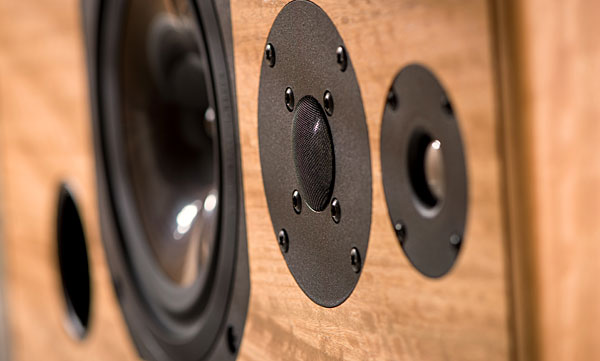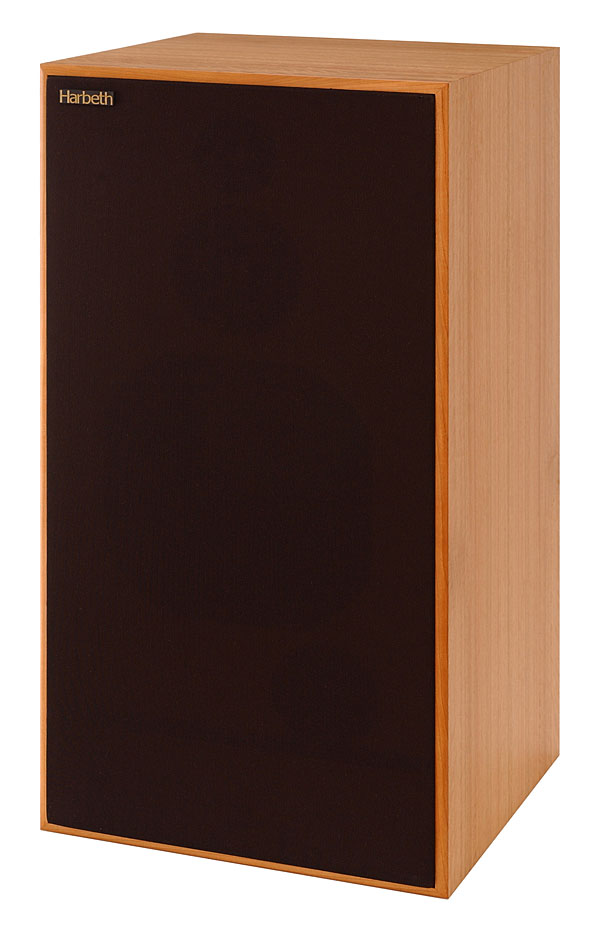| Columns Retired Columns & Blogs |
when this review goes up on our website, a few members of the "I prefer to think of my mother's basement as an apartment with a shared entrance" crowd will write in to tell us how much smarter they are than the manufacturers who design and build classic British boxes, and how stupid Stereophile is to write about such things...
Harbeth is obviously an extremely "smart company". The profit margin on this design must be truly remarkable. I commend them for getting reviewers like you to call them a bargain at $6600...I commend them even further for getting people to buy them. Feel free to dismiss me, but I do own a home and I obviously have a much better grasp of budgets and bargains than you do.









































